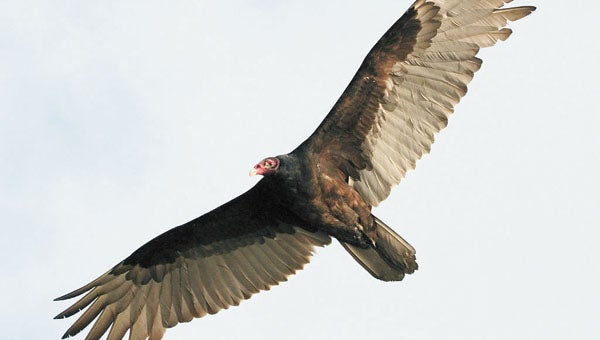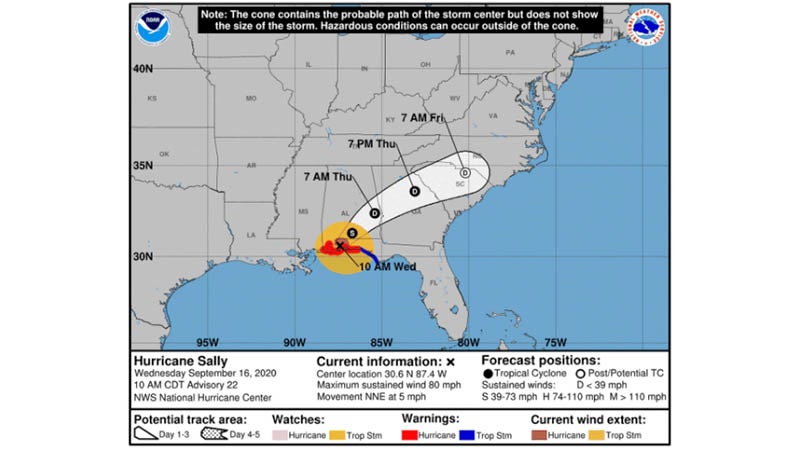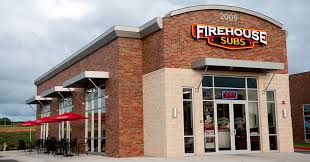Buzzards important to cleaning up roadways
Published 12:01 am Thursday, May 14, 2015
Vultures can be ugly-looking birds, but they do serve a good purpose — cleaning up the roadways.
Turkey and black vultures, also known as buzzards, are common in Covington County, and many drivers see the carnivorous birds feasting on dead and rotten carcasses either in the middle of the roadway or on the right of way.
Conecuh National Forest District Manager Tim Mersmann said buzzards do a good service by cleaning up the dead carcasses, which help prevent diseases from spreading.
“Having a good population of buzzards isn’t a bad thing,” Mersmann said.
Turkey vultures are large birds with brownish-black feathers. Adults have a red featherless head and light red legs and feet. Younger turkey vultures have a black head and can be confused by black vultures from a distance. Their beak is long and light red with a tan tip. Additionally, turkey vultures have grey underneath their wings.
Mersmann said turkey vultures have a great sense of smell and can detect a carcass from many miles away.
“They’re very good soarers,” he said. “They’re known kind of for staying up and acting like kites. They can smell from a long ways away. Usually, they’re the first ones to the carcass.”
Black vultures are large birds with a white patch near each wing tip, and don’t fly nearly as well as turkey vultures. They are primarily seen flapping their wings more than turkey vultures, Mersmann said.
Unlike turkey vultures, black vultures don’t smell well. Black vultures use their aggressive nature to feast on carcasses, Mersmann said, adding that they follow the turkey vultures for their next meal.
Dinner for the buzzards is usually laid out for them on or near the roadway.
Alabama Department of Transportation District Manager Bill Wofford said his crews try to bury dead carcasses right away to help prevent any accidents and the increase of the buzzard population.
“We have people call in and tell us about the buzzards from time to time,” Wofford said. “If it’s in an area where we can’t bury it on the right of way due to utility lines and the terrain is in somebody’s yard, we’ll bring it back here and bury it in the district yard.”
Wofford said that buzzards are prevalent just about anywhere in the county.
“They’re all over as far as the district is concerned,” Wofford said. “We haven’t noticed any one area.”
Wofford’s district covers all state roads and bridges in Covington County and the southern part of Crenshaw County.
On a national level, Mersmann said that buzzards are widespread across the eastern part of the United States.
“They nest in caves, hollow trees, barns and sheds and get up under cover some place,” he said. “Typically they’re on the ground. Even if they’re in a hollow tree, they’re on the back of the big hollow.”
Mersmann said the buzzard population hasn’t been an issue, adding that he hasn’t heard of anybody trying to control them. Buzzards are classified as a non-game species in Alabama.
“There are animal disposal laws, but I don’t know what they are here in Alabama,” Mersmann said. “With large livestock, you typically bury them in most states to keep from having big animals laying out rotten.”





